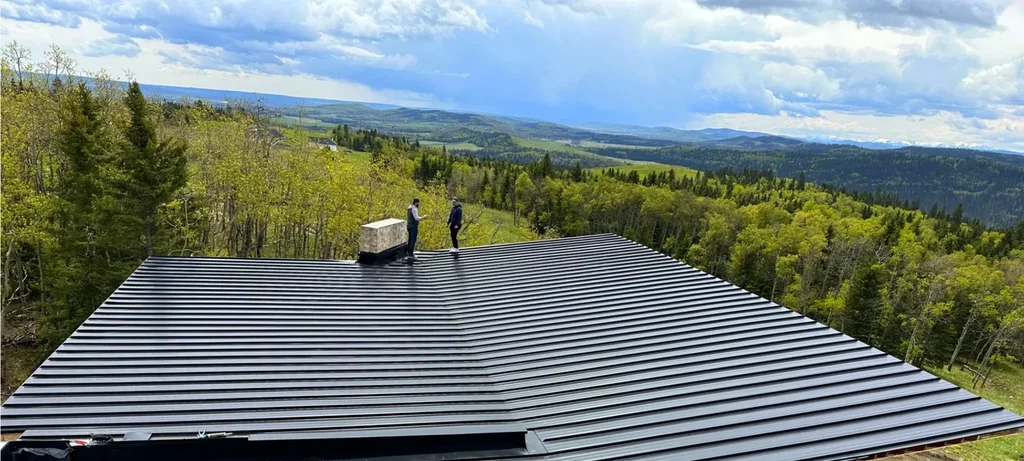Trees are not just beautiful additions to our landscapes; they are vital for the environment, providing shade, improving air quality, and enhancing the aesthetic appeal of any property. However, ensuring their health and safety requires proper maintenance and sometimes tough decisions, such as when to consider tree removal. Understanding the signs and circumstances that warrant tree removal is crucial for both preserving the health of your landscape and ensuring safety.
Signs That Tree Removal Might Be Necessary
- Disease and Decay: Trees can fall victim to various diseases and fungal infections, compromising their structural integrity. Signs of disease include abnormal leaf discoloration, premature leaf drop, and visible fungal growth on the trunk or branches. When disease progresses to a point where treatment is ineffective or poses a risk to neighboring trees, removal may be necessary to prevent further spread.
- Structural Issues: Poor tree structure, such as multiple trunks, weak branch unions, or extensive leaning, can pose significant hazards during storms or high winds. Trees with structural defects are more prone to breakage and falling, potentially causing damage to property or endangering people nearby. Assessing the structural stability of trees regularly can help identify potential risks early.
- Dead or Dying Trees: Dead trees or those in advanced stages of decline are not only unsightly but also hazardous. Deadwood can become brittle and prone to falling, posing safety risks to pedestrians, vehicles, and structures below. Removing dead trees promptly prevents potential accidents and reduces the risk of pest infestations that thrive on decaying wood.
- Encroaching on Structures: As trees grow, their branches can extend towards buildings, power lines, or other structures. This can lead to physical damage, obstructed views, and safety hazards. Pruning can often alleviate these issues, but if a tree continues to pose a threat to property or infrastructure despite pruning efforts, removal might be the best solution.
- Root Issues: Tree roots can cause significant damage to underground utilities, foundations, and sidewalks. In some cases, aggressive root systems can destabilize soil around the tree, leading to tilting or uprooting. Addressing root-related issues promptly through proper management techniques can sometimes mitigate the need for removal, but in severe cases, removal might be unavoidable.
Professional Assessment and Consultation
Deciding whether a tree needs removal requires careful consideration of multiple factors. Seeking advice from certified arborists or tree care specialists is crucial for an accurate assessment of the tree’s health and potential risks. Arborists have the expertise to diagnose diseases, evaluate tree structure, and recommend appropriate actions, whether it’s pruning, treatment, or removal.
Environmental and Legal Considerations
Before proceeding with tree removal, it’s essential to be aware of local regulations and permits that may govern tree removal on private property. Some municipalities have strict guidelines concerning the removal of mature trees, especially those considered significant or protected species. Consulting local authorities or an arborist can help navigate these regulations and ensure compliance.
Tree Removal Process
When tree removal is deemed necessary, it’s important to hire qualified professionals equipped with the right tools and experience to safely execute the removal. The process typically involves:
- Assessment and Planning: Evaluating the tree’s location, size, and surrounding environment to determine the safest method of removal.
- Safety Precautions: Using appropriate safety gear and techniques to minimize risks to personnel and property.
- Tree Felling: Cutting down the tree in a controlled manner to avoid damage to nearby structures and vegetation.
- Stump Removal: Grinding the stump to below ground level or opting for stump removal services to eliminate tripping hazards and facilitate replanting or landscaping.
Replanting and Restoration
After tree removal, consider replanting suitable species to restore the ecological balance and aesthetic appeal of your landscape. Choosing native trees adapted to your region’s climate and soil conditions promotes biodiversity and reduces maintenance requirements over time.
Conclusion
Understanding when tree removal is necessary involves careful observation, expert assessment, and consideration of safety and environmental factors. By prioritizing regular tree care, timely pruning, and seeking professional advice when needed, property owners can ensure the longevity of their trees and the safety of their surroundings. Whether it’s addressing disease, structural concerns, or mitigating risks to property, responsible tree management plays a vital role in maintaining healthy and thriving landscapes.






